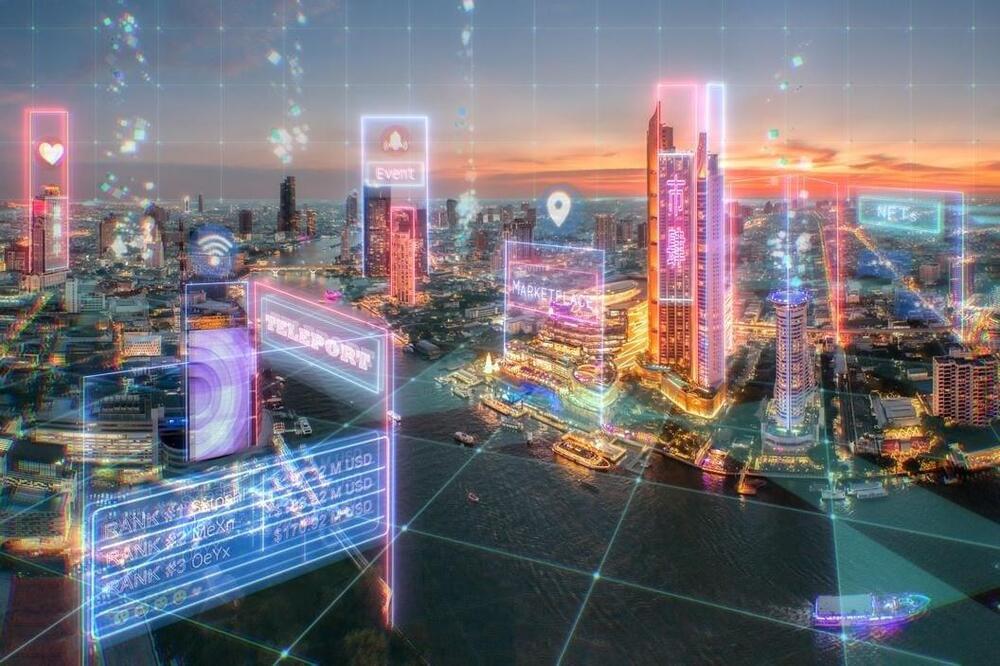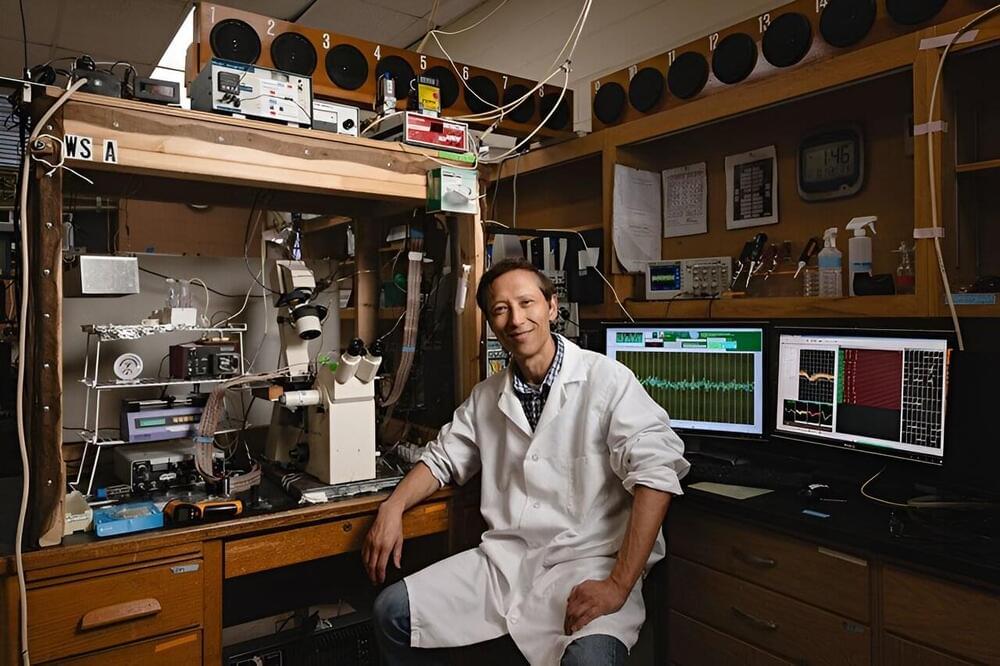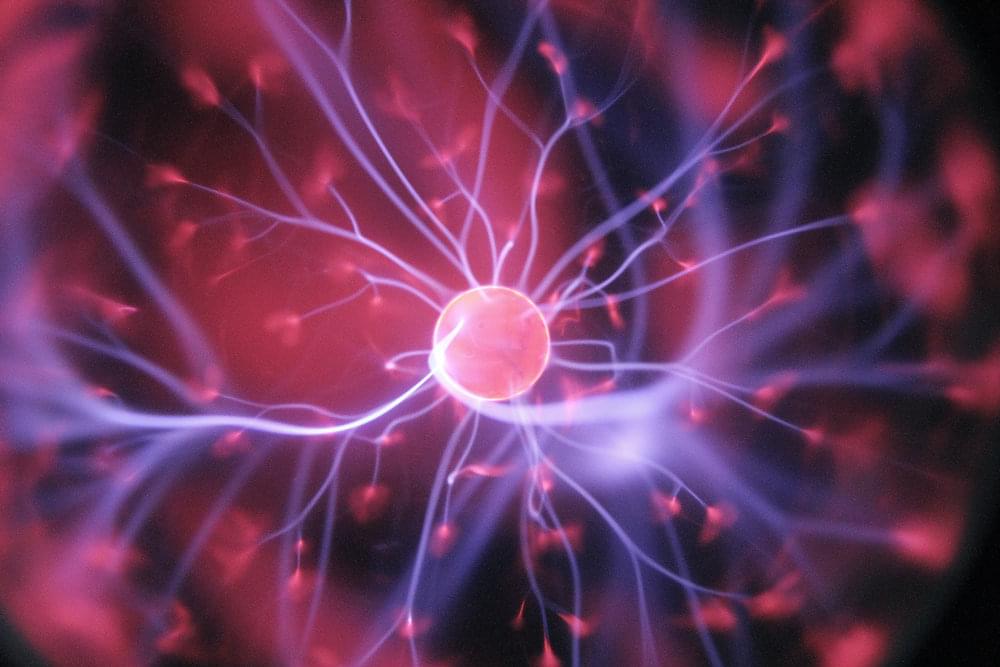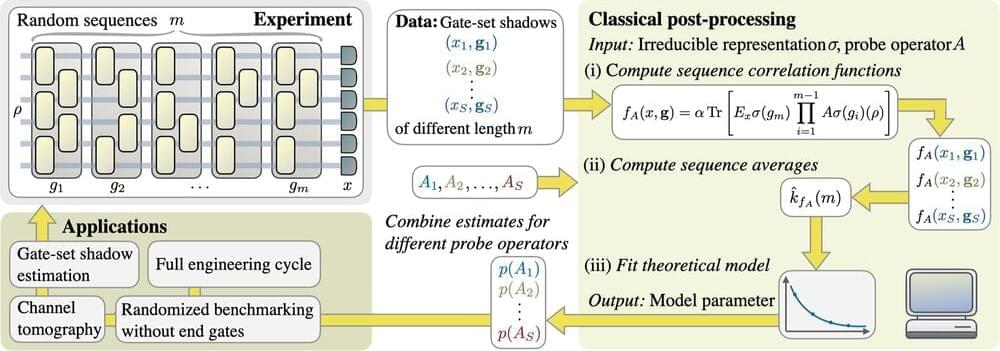How will AI affect businesses and employees? It’s the million-dollar question, and according to Harvard Business School’s Raffaella Sadun, the answer will depend on how well an organization connects the new technologies to both a broad corporate vision and individual employee growth.
One without the other is a recipe for job elimination and fewer new opportunities for all. Luckily, she points out, we are early in our AI journey, and nothing is predetermined. Smart leaders don’t need to understand every technicality of AI. But they do need to identify the best use cases for their specific business and communicate a clear strategy for reskilling their teams.
For this episode of our video series “The New World of Work”, HBR editor in chief Adi Ignatius sat down with Sadun, who wrote the HBR article, “Reskilling in the Age of AI” (https://hbr.org/2023/09/reskilling-in-the-age-of-ai), to discuss:
• How leaders should use GenAI to augment their own decision making, without entrusting it to make the actual decisions.
• Even in the age of AI, the top management skills will be a mixture of technical (“hard”) and social (“soft”) skills. Those who excel will comprehend their organization’s complexity while communicating a clear vision to all employees.
• Handling change management when everyone is uncertain about the future and regular employees are especially fearful.
This interview part of a series called “The New World of Work,” which explores how top-tier executives see the future and how their companies are trying to set themselves up for success. Each week, Adi will interview a leader on LinkedIn Live — and then share an inside look at those conversations and solicit questions for future discussions in a newsletter just for HBR subscribers. If you’re a subscriber, you can sign up for the newsletter here: https://hbr.org/my-library/preferences?movetile=newworldofwork.
Follow us:






